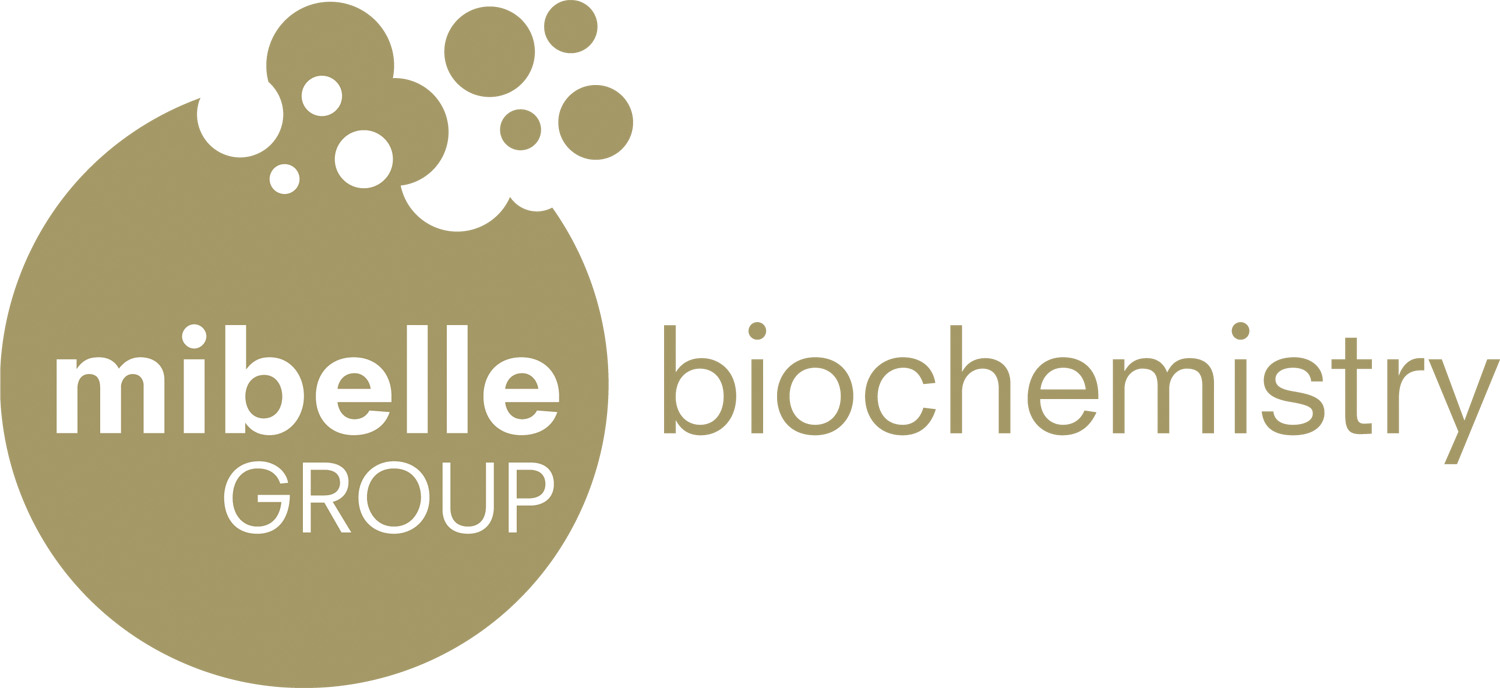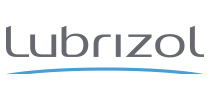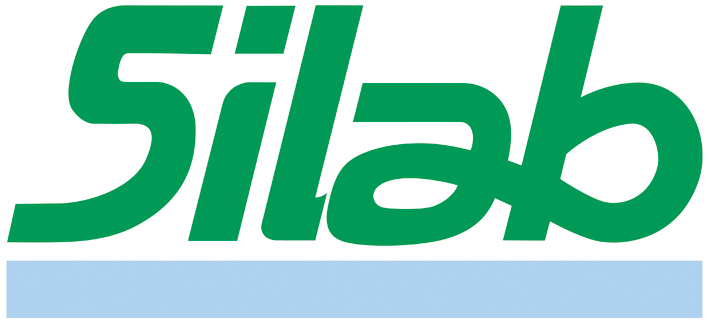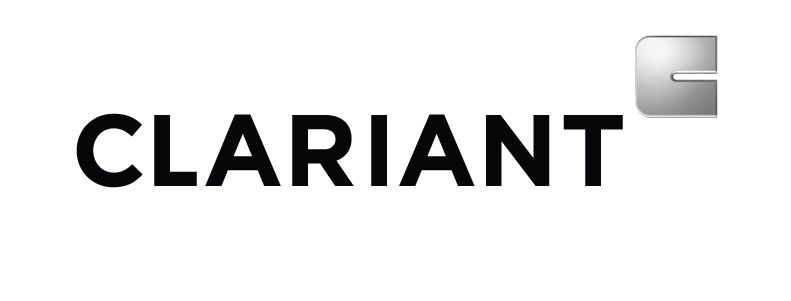For cosmetic skin care products to be effective, they need to be absorbed by the stratum corneum and remain on the site of application long enough to achieve the desired results. Following on from last month’s article about sun protection this one will look at various ways of mitigating sun damage, delivering such ingredients to the targeted area and controlled release systems that enable those actives sufficient time to be effective.
Fire fighting
Sun damage is mainly recognised as the result of free radical formation by UVB and UVA solar radiation, which damages DNA and induces inflammatory responses. UVaxine from Libragen [INCI: Glycerin, polydatin glucoside] is described as a bio-active ingredient obtained by means of the enzymatic glycosylation of a natural plant stilbene, which activates the skin’s own defensive systems. It is recommended that it be incorporated in make-up and sun protection products at from 0.2%-4% and be applied before sun exposure. Trials suggest that it protects skin fibroblasts and reduces damage to DNA.
Also suggested for application before sun exposure to stimulate skin’s defensive responses is Unisooth ST-32 from Induchem. It is described as a balanced blend of active substances consisting of an extract from Tamarindus seeds, stevioside, pentylene glycol and water. Tamarindus indica seed extract has shown anti-inflammatory properties in traditional medicine. Its polysaccharides have soothing characteristics and a capacity to protect against UV-induced damage. Extensive investigations by Induchem show that Unisooth ST-32 protects and soothes skin epidermis from external aggressions, protects Langerhans cells and increases synthesis of pro-immunity proteins in keratinocytes to boost skin defences and stimulate skin repair mechanisms.









